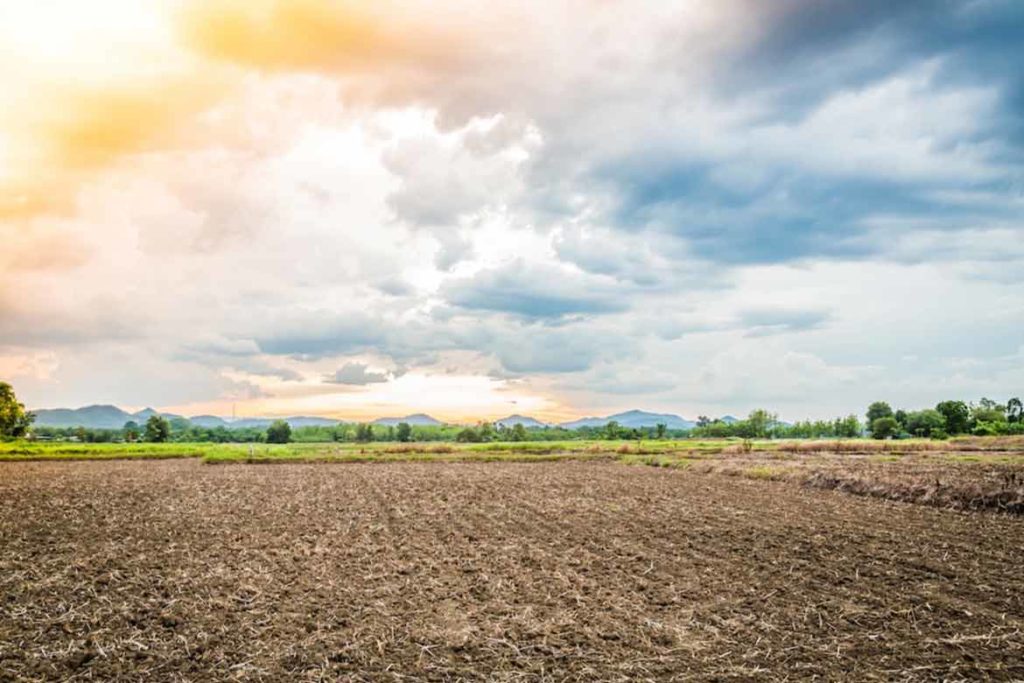Climate change has a considerable chance of having negative implications for agriculture all around the planet. As a result of climate change, extreme weather events are also projected to diminish agriculture’s total production. The adaptation of agricultural techniques to new climatic realities is necessitated by events such as flash floods, droughts, unseasonal rainfall, hailstorms, and heat and cold waves. In this context, the practice of agroforestry is critical for India and other developing countries.
What is Agroforestry?
Agroforestry is a scientifically acceptable land-use method that integrates plantation, crop production, and animal husbandry. It combines trees and shrubs into agricultural land and rural landscapes to boost the ecosystem’s production, profitability, diversity, and long-term viability.
It is a dynamic, ecologically-based natural resource management strategy that incorporates woody perennials into fields and agricultural landscapes to increase diversity and sustainability in production while also fostering social support.
How this can write a growth story?
It provides almost half of the country’s fuelwood, two-thirds of the small timber needs, and 70-80% of the plywood required by the paper pulp sector. It provides 60% of the raw material and 9% to 12% of the Green Fodder.
Trees contribute considerably to rural livelihoods through their goods and services. Fruits, fodder, fuel, fiber, fertilizers, and timber all contribute to food and nutrition security, as well as income-generating and crop failure insurance.
Agroforestry, often known as tree-based farming, is a well-established natural-based activity that can help to achieve carbon-neutral development. It increases tree cover outside of forests and contributes to carbon sequestration in the same way that natural forests do, therefore lowering strain on them, and helping farmers earn more money.
Besides, Nitrogen-fixing trees cultivated in agroforestry systems may fix between 50 and 100 kg of nitrogen per hectare each year. It is one of the most promising agroforestry components. Fallen leaves break down into humus, which improves soil quality by supplying nutrients. It also minimizes the need for fertilizers. Because chemical fertilizers are not needed as much in agroforestry, they might be a good supplement to organic farming. Using fewer chemicals will assist to reduce anthropogenic climate change.
Moreover, Agroforestry aids in erosion management and water retention, as well as nutrient recycling, carbon storage, biodiversity conservation, and clean air, as well as allowing communities to adjust to harsh weather events.
When compared to normal soils, forest-affected soils produce higher crop yields. Appropriate agroforestry systems improve soil physical characteristics, soil organic matter retention, and nutrient cycling.
Things needed to be done to tap this potential:

Read more: India Previous Week: Top 10 National News Of The Last Week
This sector needs to be institutionalized and clearly defined in terms of its utility approach, which includes agroforestry, environmental preservation, and long-term growth. Instead than merely the Scheduled Castes and Scheduled Tribes farmers, all small landholders should receive financial aid.
There is a need to create standards that allow small landowners to profit from carbon trading.
Agro-forestry institutional loans, interest moratoriums, and appropriate insurance products should all be structured with a longer financing cycle in mind. As a commercial concern and through ‘Corporate Social Responsibility,’ the private sector should also invest in agroforestry.
Farmer cooperatives, self-help groups, and farmer-producer organizations (FPOs) should be encouraged to establish capacity in order to promote tree-based farming expansion and value chain development.
The current status of agroforestry necessitates the repeal of unfavorable laws and the streamlining of forestry and agriculture rules.
Apart from that, Agroforestry should be included in all policies relating to land use and natural resource management, and government investment in agroforestry infrastructure and the creation of sustainable firms should be encouraged.
Scientists and researchers can create location-specific tree-based technologies that complement agriculture and livestock systems for long-term livelihoods, address gender issues, and take into account the perspectives of local communities.
